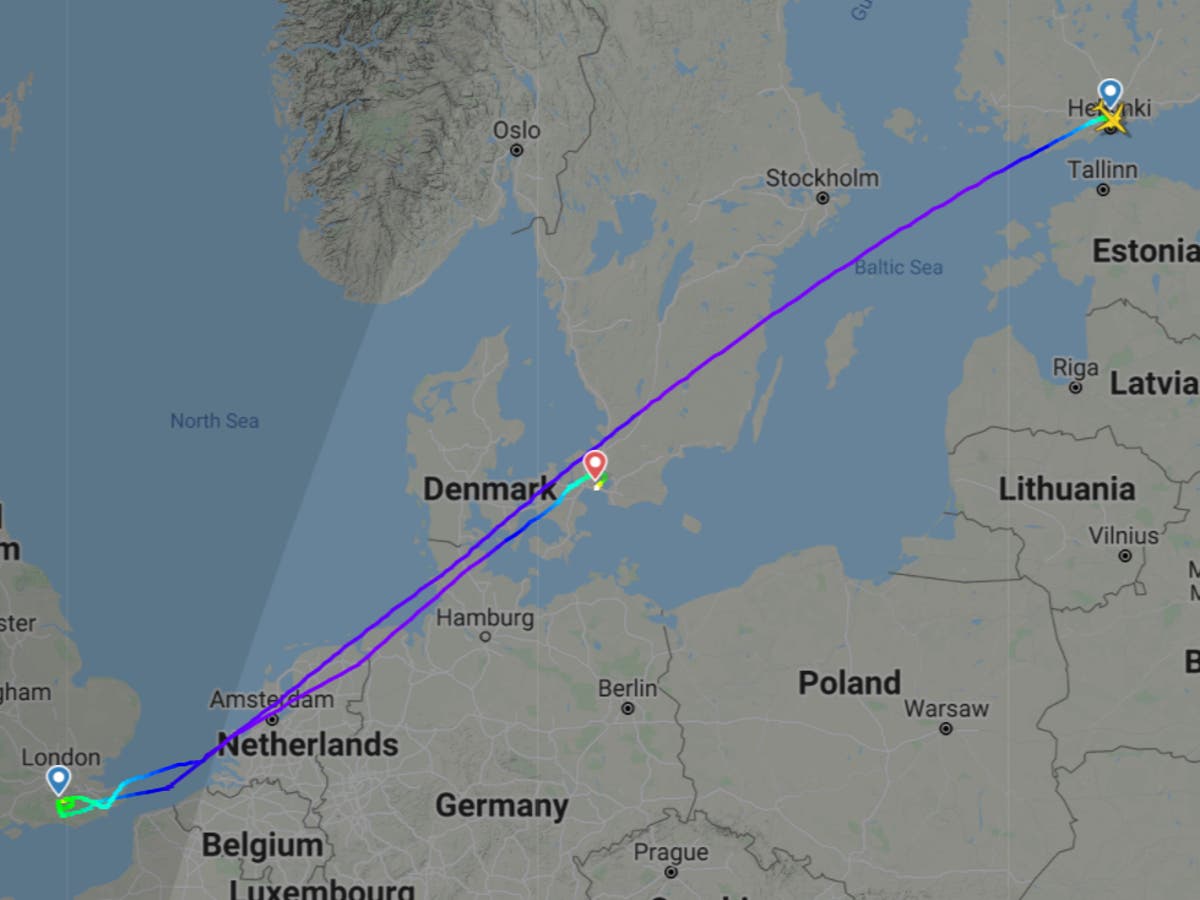How this S’pore startup is competing with food delivery giants and championing users, hawkers
Livingmenu founder Raphael Kan found that he was always presented with the same few options on food delivery platforms.

After completing his university education in Canada, Raphael Kan co-founded an investment management firm in San Francisco and joined a Shanghai-based startup as the Chief Financial Officer (CFO).
When he was in Shanghai, he came across a problem in the food delivery industry and seized the opportunity to develop a solution.
Like most working adults, Raphael found it hassling to find affordable, yet authentic Shanghainese fare on food delivery platforms. This was also a problem he couldn’t avoid in Singapore, where he was always presented with the same few options on delivery platforms.
That was when the idea sparked — “I thought it would be really useful if we can find a sustainable way to work with the best street food vendors and independent eateries to create a food delivery service”, he shares.
That was how he came up with the idea to start up Singapore-based food delivery service Livingmenu in 2018.
Bridging app users with the local food scene
Keeping in mind the exasperation that he and other delivery app users face, Raphael founded Livingmenu on the basis of creating a world where people can eat well affordably, conveniently and make a positive social impact all together.
As an avid food lover, Raphael finds the local food scene’s inaccessibility to customers via delivery applications a pity. These local hawkers and independent eateries embody Singapore’s local culinary culture, but they seem to be missing out on leveraging the rise of on-demand food deliveries unlike quick service restaurants.
 Livingmenu offers highest-rated and affordable meals from hawkers and independent eateries / Image Credit: Livingmenu
Livingmenu offers highest-rated and affordable meals from hawkers and independent eateries / Image Credit: LivingmenuThis was why Raphael made the effort to ensure that Livingmenu offers them the necessary connections with Livingmenu riders to deliver meals to customer’s doorstep — with no markup, no minimum order and no hidden cost.
For hawkers, signature dishes can be prepared on a bulk basis via Livingmenu’s pre-order model, which maximises their efficiency during under-utilised hours before the lunch crowd comes in. In return, these hawkers can also receive feedback on the reception of their menu that can help them improve.
Raphael highlighted that Livingmenu’s commission scheme is also “lower than the typical commission charged by on-demand platforms”.
To strengthen the connection between users and the people behind the local food scene, Raphael and his team have recently published the Livingmenu Guide.
The guide introduces affordable dishes from the hawkers and eateries that are available on the app for less than S$10 a month so users can keep themselves updated on hidden food gems in Singapore.
Not your typical food delivery app
Besides the effort to connect Singapore’s local food scene with its users, Raphael shares that there are other reasons that allow Livingmenu to stand out from other food delivery platforms.
He notes that on-demand food delivery users tend to choose among the same few vendors every time because they are the only ones available in the five kilometers radius where delivery fees are considered reasonable, not to mention having to pay a peak hour surcharge at times.
 Livingmenu mobile app / Image Credit: Livingmenu
Livingmenu mobile app / Image Credit: LivingmenuIn contrast, Livingmenu delivers affordable meals from Singapore’s top-rated vendors. Charging a flat fee of under S$3.95 for up to 30 kilometres radius, Livingmenu offers affordable delivery without compromising delivery speed, since they deliver by car, with a few full-time drivers and close to 50 freelance drivers.
Users can even refer to a daily-revolving menu to mix and match orders from up to eight vendors in a single delivery.
While on-demand food delivery resembles more of a logistic business, Livingmenu aims to focus on a different ball game to solve the inefficiencies in today’s food service value chain. According to Raphael, this involves optimising the utilisation of manpower and kitchen space during the off-peak hours.
Challenging adversities
However, setting up Livingmenu was not always a smooth-sailing journey. “[We] have to constantly adapt to the latest market feedback,” says Raphael.
He stands firm with his mentality to continuously innovate, instead of caving in to accept the status quo of how things are done in the industry, which in itself is a challenge.
Before the onset of Covid-19, Raphael highlighted that Livingmenu focused on business-to-business (B2B) as their initial go-to-market strategy and operated a cloud kitchen. However, their revenue dwindled to zero.
“[We] knew we had to quickly adapt to the behavioural change in order to survive. This eventually led to the development of the food delivery service. Looking back, it’s definitely more of an opportunity because we were able to innovate and capture new demands in the aftermath.”
Slowly, through earning the trust and support from their vendor partners, delivery partners and customers, incremental changes were made and Livingmenu continued to grow and improve from there.
“We knew very quickly after our launch that this is going to be a hit because of the high number of repeat purchases from our users,” he adds.
 Livingmenu delivery rider / Image Credit: Livingmenu
Livingmenu delivery rider / Image Credit: LivingmenuNow, having raised over S$3 million, Livingmenu has grown to deliver over 20,000 meals a month in Singapore on the weekdays alone.
It also saw a year-on-year gross merchandise volume (GMV) growth of 700 per cent — and this figure is set to increase as more begin to crave for local food just hours away from them.
Livingmenu strives to maintain a competitive edge, and is planning to launch a new service within the next two months to capture the B2B and weekend demands.
“Our long-term mission is to help the best hawkers, chefs and food entrepreneurs succeed, and to create an ecosystem that helps sustain the local food culture, not just in Singapore, but the whole of Southeast Asia and beyond.”

 Konoly
Konoly 






























